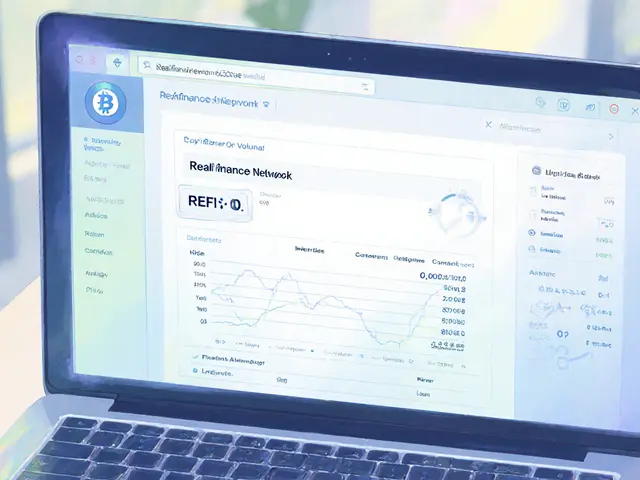Yield Farming: How to Grow Crypto Returns
When you hear Yield Farming, a set of techniques that let crypto holders earn extra tokens by supplying liquidity to decentralized protocols. Also known as Liquidity Mining, it blends finance and code: smart contracts lock your assets, and the protocol rewards you with native or governance tokens. The goal is simple – turn idle crypto into a revenue stream – but the mechanics involve a mix of market rates, tokenomics, and platform risk.
Key Concepts Behind Yield Farming
Yield farming doesn’t exist in a vacuum. It pulls in Staking, where users lock tokens to secure a network and earn block rewards. Unlike pure staking, Liquidity Mining adds a layer of market making: you provide a token pair to a pool, and traders pay fees that flow back to you. Both rely on the broader Decentralized Finance (DeFi) ecosystem, which builds the infrastructure – automated market makers, lending platforms, and yield optimizers – that makes these strategies possible. Finally, many farms distribute Governance Tokens, giving participants a say in protocol upgrades and a direct share of future value. In short, yield farming encompasses staking, liquidity mining, DeFi tools, and governance incentives, each influencing the overall return profile.
Understanding these connections helps you size up risk. Smart contracts can contain bugs, price slippage can wipe out fees, and token emissions may dilute rewards quickly. That’s why seasoned farmers monitor validator health, token vesting schedules, and the health of underlying assets – topics covered in our collection below. You’ll find plain‑language guides on tokenomics of projects like OSEAN and REV3AL, step‑by‑step validator setup, and real‑world case studies such as Nigeria’s crypto boom and the UAE’s regulatory hub. Whether you’re chasing high APRs on a new DeFi launch or looking for stable returns through proven platforms, the articles give you the data‑driven insights you need to decide when to compound, when to pull out, and how to protect your capital.

Discover the real differences between liquidity mining and yield farming, learn their risks, rewards, and how to start earning passive crypto income with clear step‑by‑step guides.
Jonathan Jennings Aug 4, 2025




